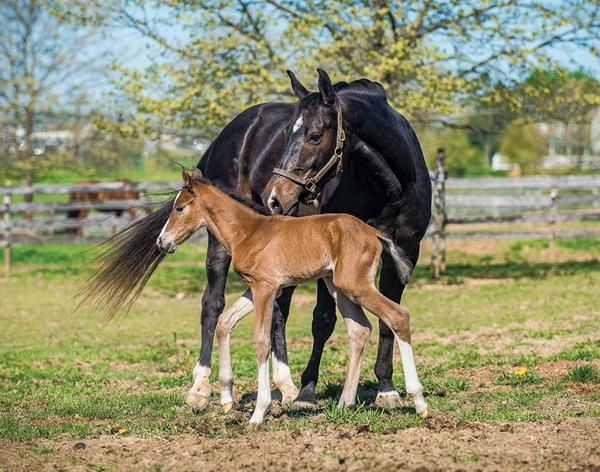
If you breed your mare this spring, will her foal be a filly or a colt? The answer may depend partly on her age and the age of the stallion that you choose, research from Brazil suggests. Veterinarians at Pontifical Catholic University Minas in Betim analyzed breeding records in two groups of horses and found similar patterns in both.
One group comprised nearly 60,000 Mangalarga Marchador horses born in Brazil from 1990 to 2011—basically all the males registered in those years and an equal number of randomly selected females. The researchers sorted the horses according to the ages of their parents at the time of conception, which ranged from 3 to 25 years. Then they calculated the sex ratio of the offspring by parental age. They found:
• The odds of a female foal increased along with the age of the mare or stallion, and the trend was more marked for aging mares than for the stallions. Mares aged 10 to 15 were less likely to have colts than were mares aged 5 to 10, and mares 15 to 20 even less likely.
• A big gap in age between the stallion and the mare also seemed to be a factor. Older stallions were more likely to sire colts when they were bred to younger mares. Older mares were most likely to give birth to fillies when bred to younger stallions.
The second group was made up of 253 horses of various breeds born into a herd from 1989 to 2010. They were the offspring of 16 stallions and 119 different mares. In this smaller group, mares older than 15 also had more fillies than the younger mares. But the stallion’s age had no significant effect on the sex of the offspring.
The researchers concluded that parental age affects the sex ratio among foals and that this effect is stronger for mares than for stallions. If your heart is set on having a colt from your mare, then your best shot is to breed her while she’s young. —Elaine Pascoe
This article originally appeared in the January 2016 issue of Practical Horseman.










